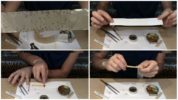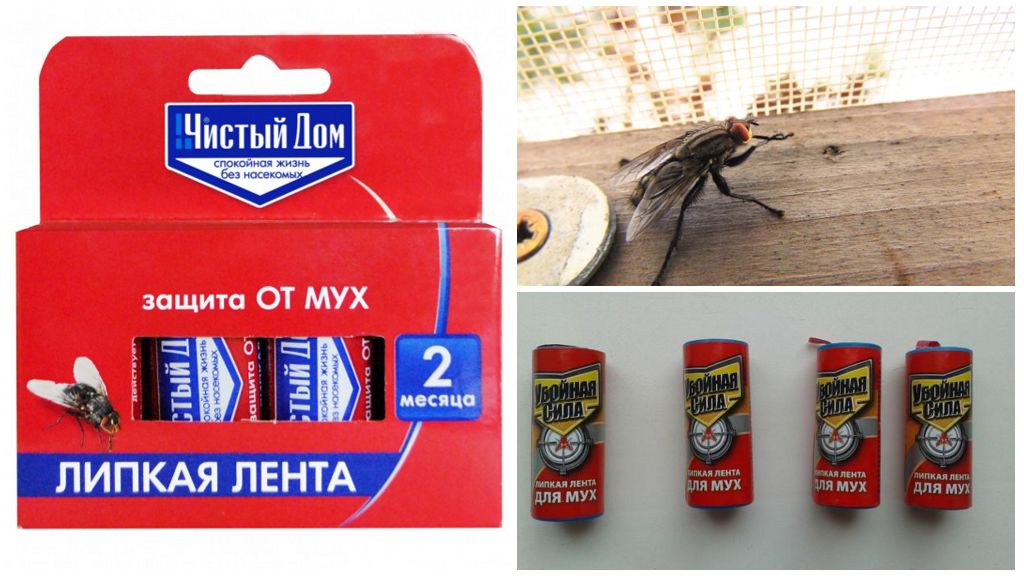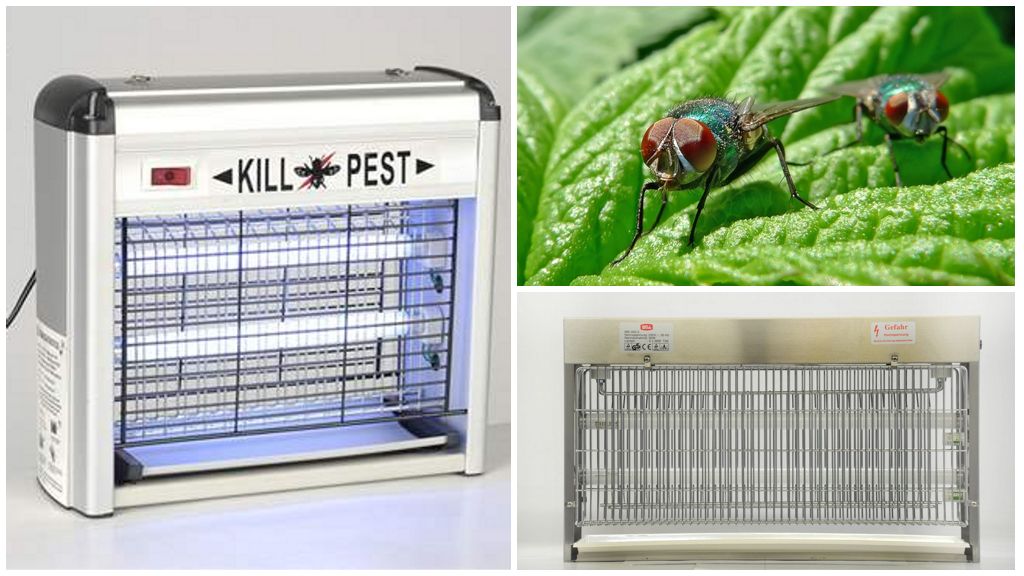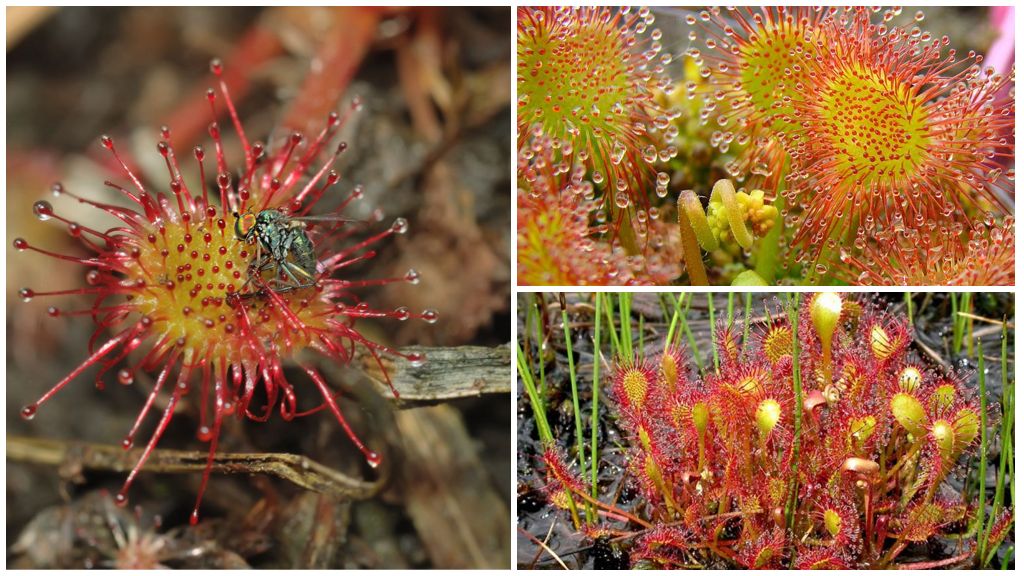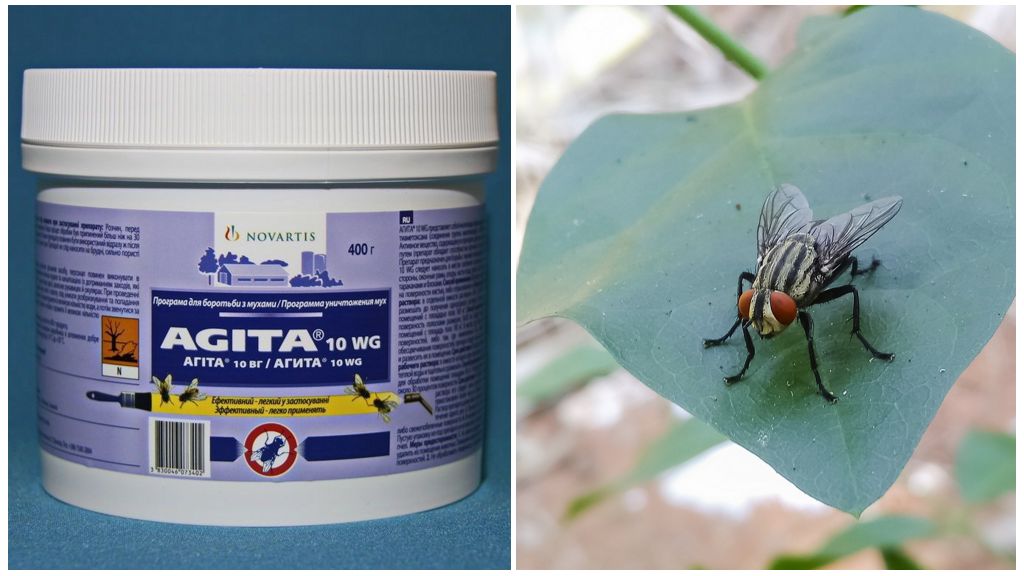- Velcro Components
- The process of making fly Velcro
Flies are annoying creatures whose presence creates a lot of problems for a person. They can not only buzz monotonously while flying around the apartment, but also carry dangerous bacteria. In this connection, insects should be disposed of in a timely manner. The easiest and most affordable way to get rid from flying pests - it's Velcro for flies. It can be bought and made independently, which will save up to 90% of the cost of the finished product.
Operating principle
Adhesive tape is one of the safest means used to kill flying insects. And this nuance is especially important when the trap is used in a room where children live or prepare food.
The flypaper is a simple structure with a viscous and sticky component. The principle of its action is quite simple. The tape is impregnated with a special viscous glue. The composition of the latter includes exclusively natural substances that attract flies with their aroma. Touched sticky strips the insect hopelessly sticks to its surface, as a result of which it soon dies.
On a note!
An interesting fact is that the flying insects are not afraid of the relatives adhered to such a ribbon, but on the contrary, they are attracted. Therefore, the more flies are on the duct tape, the more insects tend to sit on it. Given this feature, many manufacturers of such fly traps apply images of these insects to the sticky part of the product.
What you need to make an adhesive trap
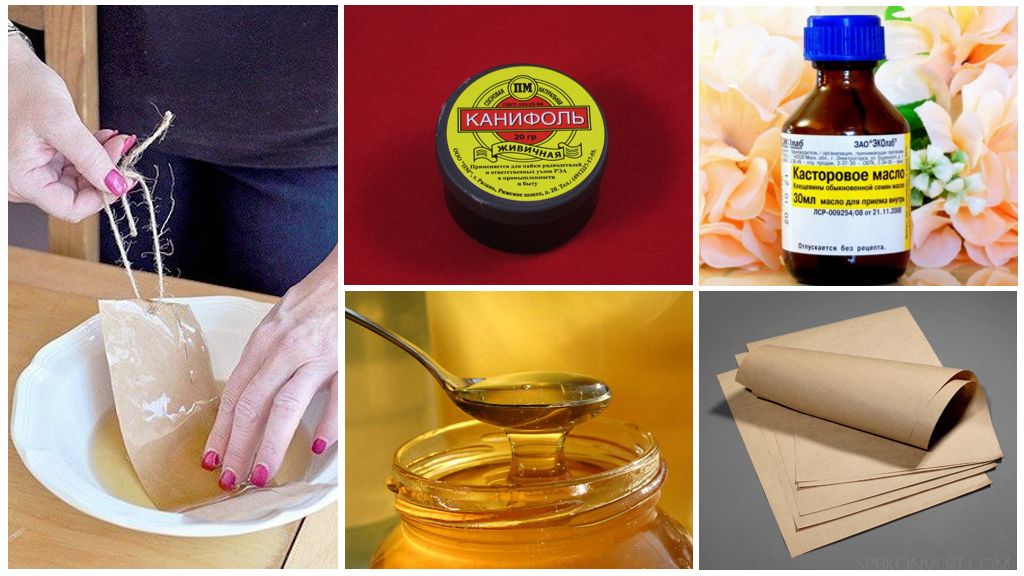
To make Velcro at home you will need:
- castor oil (in the absence thereof, you can use sunflower) - 100 g;
- rosin - 200 g;
- oilcloth, wrapping or landscape paper;
- honey or jam - 1 tbsp. l
On a note!
The presence of castor oil in the adhesive mixture, which is covered with Velcro for flies, allows it not to thicken for a long time. As a result, no film forms on the surface of the sticky layer, which lengthens the duration of the trap.
How to do
Making a Fly Trap does not require much time and effort. Making it is easy if you use the following recommendations.
- The paper is cut into narrow strips, a width of not more than 4-5 cm, a length of not more than 50 cm. A loop is attached to one end of each tape, which allows you to cling the Velcro in any convenient place.
- A rosin is placed in a container, which can serve as a can or an old bowl.
- Rosin is heated in a water bath, placing the container in a saucepan with water.
- At the moment when the liquid rosin begins to boil, castor should be added.
- The mixture is heated for some time until a homogeneous mass is obtained, after which honey is added to it.
- The resulting composition (in hot form) is applied to a paper strip. Cover the tape so that the adhesive layer is not thicker than 2-3 mm.
- To prevent the Velcro from folding, a load is attached to its end, which can be a small clothespin or several clips.
- Finished products are suspended in places of the greatest concentration of flying pests.
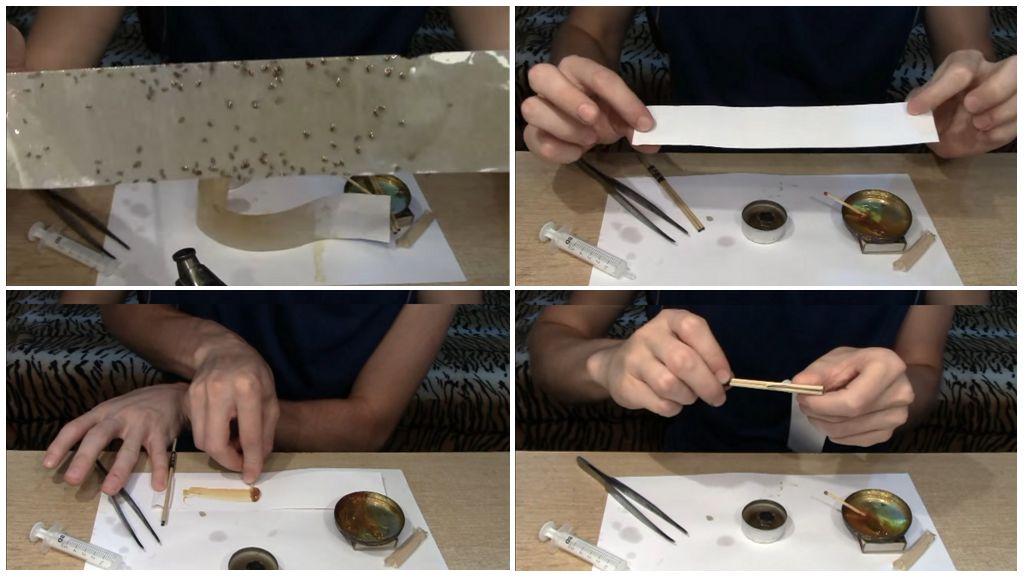
Rosin and castor oil can be replaced with pine resin and linseed oil. These ingredients are taken at a ratio of 2: 1. The sticky composition is prepared in a similar manner, after which a sweet, luring insect ingredient is added.
You can use such recipes for the preparation of Velcro, or rather a sticky mixture applied to its surface:
- 200 g of rosin, 100 g of castor oil, 50 g of turpentine and the same amount of sugar syrup;
- 200 ml of linseed oil, 300 g of rosin and 60 g of honey;
- 10 g of wax, 50 g of honey, 150 ml of linseed oil and 300 g of pine resin;
- 50 g of honey, 200 g of rosin, 100 ml of castor oil and 20 ml of glycerin (castor oil can be replaced with machine or petroleum jelly).
You need to change the Velcro as necessary - when there are too many adherent flies or the tape begins to lose its adhesive properties.

